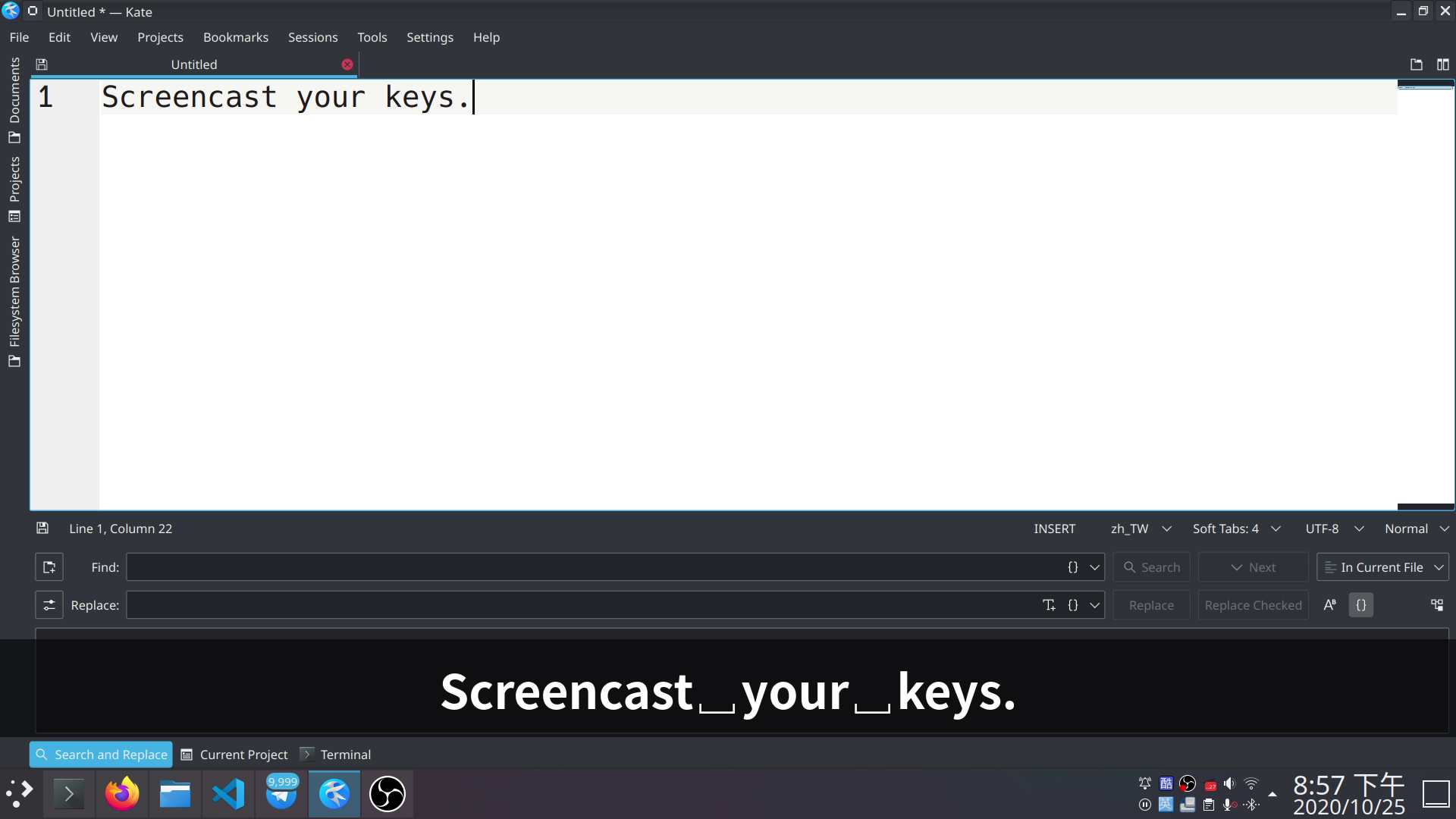

- SCREENFLICK SET CREEN SIZE INSTALL
- SCREENFLICK SET CREEN SIZE PASSWORD
- SCREENFLICK SET CREEN SIZE PC
To disable screenkey while recording (for example, during password prompts), press both control keys, or both shift keys, or both alt keys at the same time.

Hide duration:ĭuration (in seconds) of the fade-out animation when a button is released. When enabled, the mouse buttons are shown on the left of the output window. A counter of total occurrences is shown instead, which is generally more legible. When enabled, contiguous repeated sequences are truncated after the requested threshold. Newlines are also hidden when unambiguous in multiline mode. Show Whitespace characters:Ĭonvert regular whitespace characters (tabs and spaces) to a visible representation instead of showing a blank. Has no effect when using the "Emacs" modifiers mode. When "Always show Shift" is used, Shift is always included in modifier sequences, if pressed. For example, Shift + "Control+a" is normally shown just as "Control+A" (notice the capital "A"). Shift is normally hidden when the control sequence includes a letter that can differentiate between a shifted/non-shifted key. Bare, shifted or translated letters are not shown. Only show modifier/control sequences in the output window. The "Emacs" mode will display Emacs-style shortened keyboard sequences (C-A).
SCREENFLICK SET CREEN SIZE PC
"Normal" uses traditional PC names (Ctrl+A) while "Mac" uses Mac symbols directly (⌘+A). Select how modifiers keys (such as Control, Alt) are displayed in the output window. "Full" is similar to "baked", but will eat through several other, less safe keys, such as tabs and returns. In any other case, a backspace symbol is inserted instead. "Baked" simulates the effect of backspace in the text only if the last keypress is a regular letter and no caret movement has been detected. "Normal" always inserts a backspace symbol in the output window. Backspace mode:Ĭontrols the effect of "backspace" on the text in the output window. "Keysyms" shows the keysyms ("symbolic" names) of each pressed key as received by the server. "Backspace mode", "Always visible Shift" and "Modifiers only" have no effect in this mode. For example, typing "!" (which is often located on top of the key "1") requires pressing "Shift+1", which is what this output mode shows. "Raw" shows which key caps were pressed on the keyboard, without translation. Pressing a dead key followed by a letter will show both keys. "Translated" shows the result of each keypress on the keyboard, accounting for the current keyboard locale and modifiers, but not composition. It can cause problems with complex input methods (support for wider compatibility is underway). Currently works correctly with XIM/IBUS, but only for on-the-spot editing. Dead keys and any intermediate output during composition is not shown. "Composed" attempts to show only the final results of key composition. Keyboard mode:Ĭhoose the translation method of keyboard events. When "fixed" positioning is used, size is ignored and the font will fill the available height of the output window. Chooses proportionally between 8/12/24% of the screen size. Size of the font used in the output window. A scalable font and wide Unicode coverage is required (the DejaVu family is highly recommended). See Interactive placement for more details. If "fixed" is chosen, the output window's position and size are specified explicitly. If a window has been selected with "Select window/region", the position becomes relative to the window. The position is normally relative to the chosen screen. Physical screen/monitor used for the output window. Mostly useful for interactive window placement and/or "fixed" positioning. Persistent window:įorces the output window to be always visible, irregardless of typing activity. When the window is persistent, display time still controls the time before the text is cleared. Persistence (in seconds) of the output window after typing has stopped. Note: Screenkey makes use of low-level X11 functions directly via libX11.so.6.
SCREENFLICK SET CREEN SIZE INSTALL
When using GNOME also install: sudo apt-get install gir1.2-appindicator3-0.1 Sudo apt-get install python3-dbus fonts-font-awesome slop Sudo apt-get install python3-setuptools python3-babel Sudo apt-get install python3-gi-cairo python3-cairo

Install dependencies (on Debian/Ubuntu): sudo apt-get install python3-gi gir1.2-gtk-3.0


 0 kommentar(er)
0 kommentar(er)
